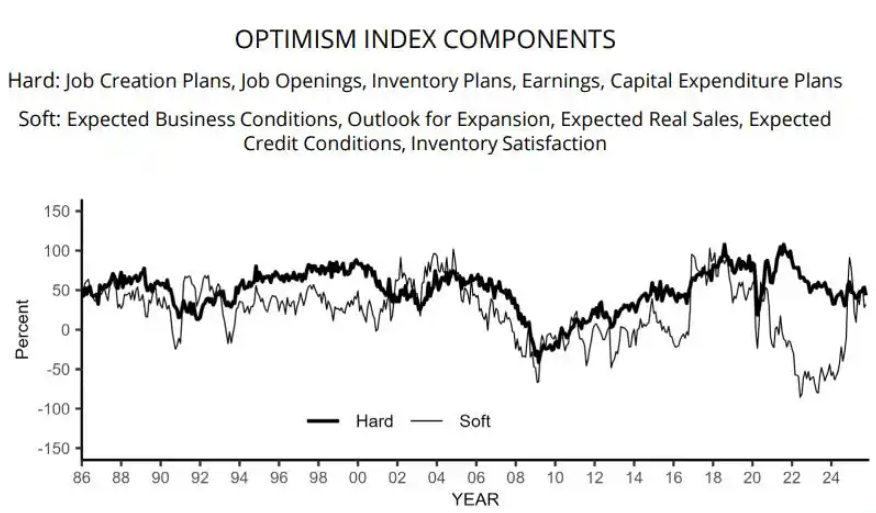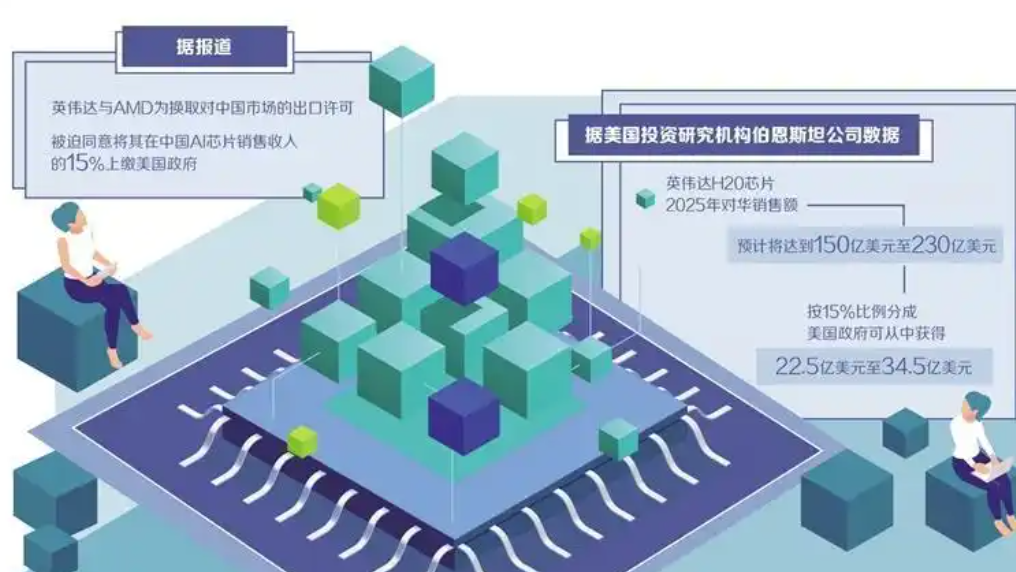中国与一带一路沿线国家贸易格局及其经济贡献
- 来源: 编辑:admin
1
窦菲菲. 2014. 中东欧国家对华贸易: 竞争中的挤出和转移效应[J]. 国际经济合作, (1): 39-45. [Dou F F. 2014. Central and Eastern Europe's trade with China: extrusion and transfer effect in competition[J]. Journal of International Economic Cooperation, (1): 39-45.]
2
冯贞柏. 2013. 出口依赖型进口、资本利率刚性与出口影响经济增长的效率分析[J].中国软科学, (9): 179-186. [Feng Z B. 2013. Research on export-dependent imports, interest-rigidity of capital formation, and impact of exports on economic growth[J]. China Soft Science, (9): 179-186.]
3
韩永辉, 罗晓斐, 邹建华. 2015.中国与西亚地区贸易合作的竞争性和互补性研究: 以"一带一路"战略为背景[J]. 世界经济研究,(3): 89-98, 129. [Han X F, Luo X W, Zou J H. 2015. Trade Cooperation competitiveness and complementarities of China and West Asia under the background of Silk Road Economic Belt and Maritime Silk Road strategy[J]. World Economy Studies,(3): 89-98, 129.]
4
李军. 2008. 进出口对经济增长贡献度的测算理论分析[J]. 数量经济技术经济研究, (9): 77-86. [Li J. 2008. A theoretical analysis on measuring the import and export contribution to the economic growth[J]. The Journal of Quantitative & Technical Economics, (9): 77-86.]
5
林毅夫, 李永军. 2003. 出口与中国的经济增长: 需求导向的分析[J]. 经济学(季刊), (3): 779-794. [Lin Y F, Li Y J . 2003. Export and economic growth in China: a demand-oriented analysis[J]. China Economic Quarterly, (3): 779-794.]
6
刘卫东, 金凤君, 张文忠, 等. 2011. 中国经济地理学研究进展与展望[J]. 地理科学进展, 30(12): 1479-1487. [Liu W D, Jin F J, Zhang W Z, et al.2011. Progress in Economic Geography (2006-2011)[J]. Progress in Geography, 30(12): 1479-1487.]
7
刘卫东, 刘红光, 唐志鹏, 等. 2010. 出口对中国区域经济增长和产业结构转型的影响分析[J]. 地理学报, 65(4): 407-415. [Liu W D, Liu H G, Tang Z P, et al.2010. The impacts of exports on regional economic development and industrial restructuring in China[J]. Acta Geographica Sinica, 65(4): 407-415.]
8
刘修岩, 吴燕. 2013. 出口专业化、出口多样化与地区经济增长: 来自中国省级面板数据的实证研究[J]. 管理世界,(8): 30-40, 187. [Liu X Y, Wu Y. The specialization of export, the diversification of export, and the growth of the regional economy: a case study based on the panel data of China's provinces and cities of the provincial levels[J]. Management World,(8): 30- 40, 187.]
9
陆大道. 2011. 人文—经济地理学的方法论及其特点[J]. 地理研究, 30(3): 387-396. [Lu D D. The methodology of human economic geography and its characteristics[J]. Geographical Research, 30(3): 387-396.]
10
沈利生, 吴振宇. 2003. 出口对中国GDP增长的贡献: 基于投入产出表的实证分析[J]. 经济研究,(11): 33-41, 70. [ Shen L S, Wu Z Y. 2003. The contribution to economic growth from export in China: empirical analysis based on the IPO table[J]. Economic Research Journal,41, 70.]
11
沈利生, 吴振宇. 2004. 外贸对经济增长贡献的定量分析[J]. 吉林大学社会科学学报, (4): 67-78. [Shen L S, Wu Z Y. 2004. Quantitative analysis of foreign trade contributing to economic growth[J]. Jilin University Journal Social Sciences Edition, (4): 67-78]
12
魏巍贤. 1999. 中国出口对经济增长贡献的实证研究[J]. 商业研究, (1): 91-93. [Wei W X. 1999. Empirical research on contribution of China's export to economic growth[J]. Commercial Research, (1): 91-93.]
13
余振, 沈铭辉, 吴莹. 2010. 非对称依赖与中国参与亚太区域经济一体化路径选择: 基于贸易指数实证分析[J]. 亚太经济, (3): 15-19. [Yu Z, Shen M H, Wu Y. Asymmetric trade dependence and the path selection of China in the process of Asia-Pacific economic integration: an empirical analysis based on trade index[J]. Asia-Pac Economics, (3): 15-19.]
14
张良, 张莎. 2010. 我国与南亚各国间的贸易潜力分析[J]. 商业时代,(17): 35-36. [ Zhang L, Li S. 2010. Analysis of trade potential between China and countries of South Asian[J]. Journal of Commercial Economics, (17): 35-36.]
15
祝坤福, 唐志鹏, 裴建锁, 等. 2007. 出口对中国经济增长的贡献率分析[J]. 管理评论, 19(9): 41-45. [Zhu K F, Tang Z P, Pei J S, et al.2007. Contribution analysis of exports to China's economic growth[J]. Management Review, 19(9): 41-45.]
16
Baldwin R E. 2003. The spoke trap: hub and, spoke bilateralism in East Asia[Z]. Korea Institute for International Economic Policy (KIEP). Working Paper.










